- Nepal, Kashmir, Pakistan and Afghanistan are the sacred places of Buddhism in the past. Chinese Buddhism comes from Kashmir and Pakistan

Around 3000 BC, the ancient Indus civilization was born in the middle and lower reaches of the Indus Valley in Pakistan today.
Around the 5th century BC, the Buddha was born in the southern foothills of the Himalayas, adjacent to the Kashmir Plateau in the ancient Nepal region of Kapila nagara (Kapila nagara).
It must be pointed out that ancient Nepal never belonged to South Asia and India.
There are two Indias in history, one is the Indus India, located in today's Pakistan, Afghanistan, and Kashmir and Nepal including the southern foothills of the Himalayas. The ancient Chinese historical books and Buddhist scriptures here are called "Tianzhu" and "Body Poison", which is named after the Indus River.
One is South Asia India, mainly in the Indian Plateau region downstream of the Ganges Plain. There is no unified country in this place, and it is called the Brahman region by religion. After the British invaded and controlled South Asia, the entire South and Southwest Asia were collectively referred to as "India". Therefore, the name of South Asia India came from the British, not from ancient times. After the independence of India and Pakistan in 1947, the real ancient India, the Indus River Basin, became the now Islamic country of Pakistan, and Brahman South Asia, which was not ancient India, was called "India". Modern scholars do not dispute their misunderstandings, which has caused many historical misunderstandings.
Buddhism originated in the ancient Nepal region, and the ancient Nepal region has no historical ownership relationship with South Asia India, but has a very close historical relationship with the Indus region.
In the past, all the claims that Buddhism originated in South Asia and India were based on the false word of falsehood.
The "Katara" (Vatican Kamira) as mentioned in "The Great Tang Dynasty" is also written in the Buddhist scriptures of the Kashara, Kayemira, and a lost honey country. This ancient country in Pakistan is in the southwest of the Kashmir Plateau , Belonging to India as it was called in ancient times, was part of Nepal at that time.
The Kashmir Plateau is located in northwestern South Asia, bordering China to the east, Pakistan to the west, India to the south, and Afghanistan to the north. According to Buddhist scriptures, this place belonged to the Kashmir Kingdom in ancient times.
In fact, "Kashmir" is the dialect of Sanskrit "Kashmira". The terrain of Kashmir includes plateaus, mountains and canyons. At the junction of Pakistan and China, the Gorgory Peak in the Himalayas is 8611 meters above sea level. It is located on the Kashmir Plateau and is the second highest peak in the world.
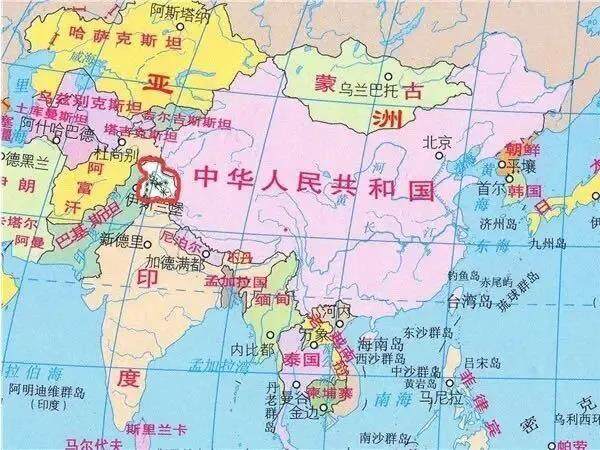
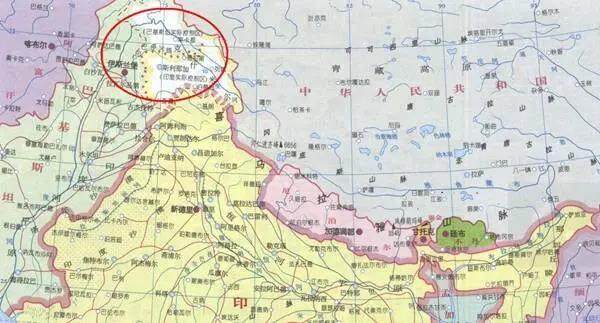
The ancient country of Kashmir is located in northwestern Pakistan and is an important ancient country between the upper reaches of the Indus River, the Kashmir Plateau, and the canyon. The famous Gandhara is in its southwest.
Buddhism statues and pagoda art originated from Kashmir, and existed in large numbers in the Gandhara area. Its plastic art has a vivid and realistic style, which is called Jiandala art style.
According to centuries of Western opinion, the artistic style of Kashmira-Gandhara came from Greece in Europe and was spread to the Kashmir Plateau and the Indus Valley during the Alexandrian period. This statement is purely subjective speculation without historical basis, and the so-called Alexander expedition and empire are only mythical fictional stories from imagination.
In fact, we have grounds to believe that the Buddhist plastic art of Kashmira-Gandhara is a native art of the Indus region, and later spread to the West and North, affecting Syria and Constantinople Rome, after the Renaissance It has influenced the plastic arts of Italy and the Chinese Buddhist art in the north.
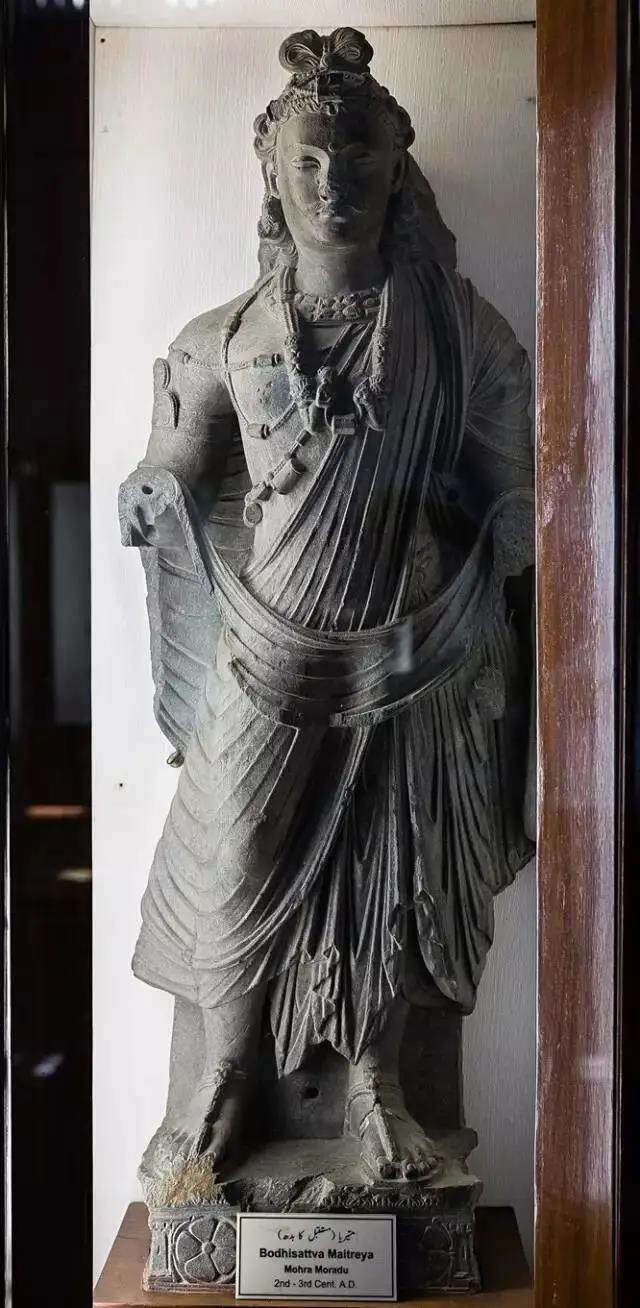
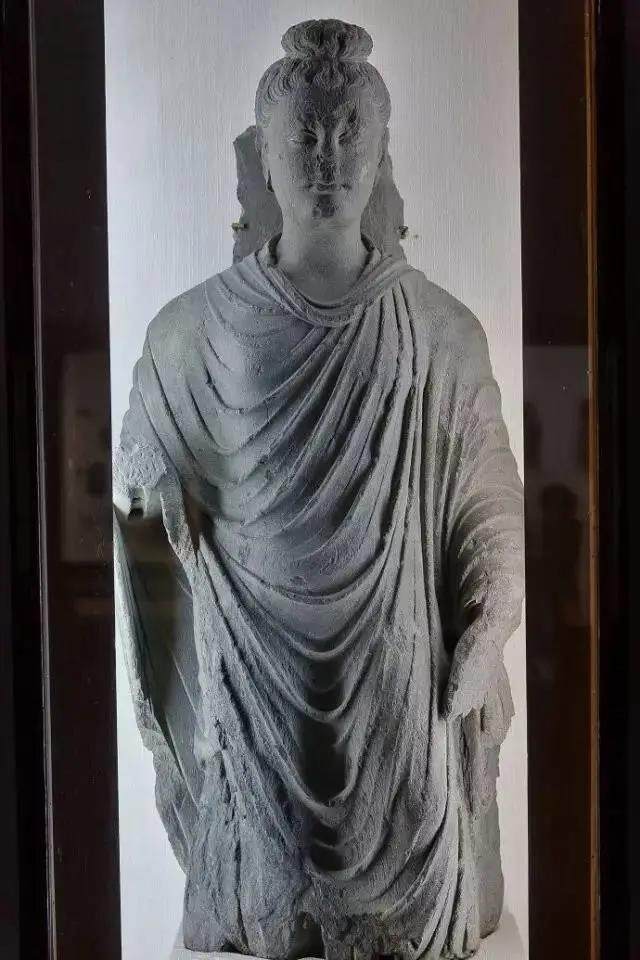
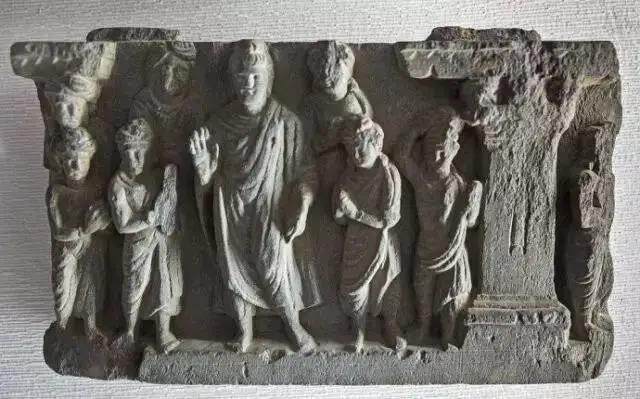
The human history in Kashmir is extremely long, and there are many ancient cultural sites.
This place is called Hanbin during the Han dynasty in our country, and it was called Kashi Milu in the Wei, Jin, and Northern and Southern Dynasties, and it was called Jia Bi Shi in the Sui and Tang Dynasties. According to the Buddhist scriptures, the city state of Kandhara is the vassal state of Kashmir.
[Note: According to the "Jataka" of the Buddhist scriptures, the ancient scriptures used to belong to the Kasmira. 】
Buddhism originated in Nepal. The Buddha mainly said in the Acropolis not far from his hometown that Buddhism spread from Nepal to Kashmir.
The Buddhist scriptures say that during the time of Ashoka during the Peacock dynasty, the monks were sent to explain the Buddhism in Kashmir, and they influenced the local barbarians to free them from sin. Later, the wife and five hundred disciples of Yacha Pantu Gui converted to Dharma. At that time, there were 80,000 people in Bhikkhu who held Buddhism and 100,000 monks.
In the 2nd century A.D., the Kagyeka king of the Guishuang Empire (founded by the Yue clan) in Afghanistan convened 500 monks to compile the "The Great Vishva", and engraved the Scriptures on the copper tablets and sealed them in stone. In the letter, build Ta Zangna.
[In 1931, a group of Buddhist Sanskrit manuscripts were found in Gilgit, the birthplace of Sakyamuni, in the same font as found in Central Asia and Xinjiang in my country. 】
Kashmir-Kashmir was the holy place of Buddhism. According to the Buddhist scriptures, there was a medicine fork god who defended Kashmir from the outside world, and would not let outsiders steal the scriptures hidden in the pagoda. If anyone wanted to learn the Dharma, they would come to the pagoda to practice.
During the Qin and Han Dynasties, many monks from the western countries, namely Nepal, Kashmir, Pakistan, and Afghanistan, including Yueshi, Sabbath, and Kangju, successively came to China to translate and preach.
In fact, Chinese Buddhism did not come from South Asia and India, but from Kashmir and Pakistan, spreading eastward through the Western Region (Xinjiang).
In the first century BC, Buddhism was introduced to Yutian, Xinjiang from Kashmir. Since then, it has spread eastward along the Silk Road and the Hexi Corridor.
According to the Buddhist scriptures, the monk Buddha Tucheng of the Jin Dynasty went to Kashmir (Kashmir) to study Buddhism before coming to the Middle East. The famous master Kumarajiva also went to Kashmir to study Buddhism, taught Dado to study the Theravada classics.
In the Northern and Southern Dynasties, the famous monks who came to China from Kashmir for translating scriptures included Sangha Tipo, Sangha Pak Cheng, Buddha Yashe, Qunabha, and Buddha Doral. There are dozens of people in China, such as Zhimeng, Fayong, Zhiyan, etc., who seek sacred sites, or seek sacred sites, or study Zen, or seek classics.
Although the Kingdom of Kashmir was famous for the Hinayana teachings, in the early fifth century, many classics from China came here, and many of them belonged to Mahayana and other departments. It can be seen that Kashmir also spread the teachings of Mahayana at that time.
At the end of the 7th century, many Shamen of Kashmir came to Chinese translation classics, such as the Buddha Polly of Tang Emperor Gaozong, Di Pocara (Rizhao) and others, all from Kashmir, they translated the size classics in China.
In the 8th century, Tang Seng Xuan Zang entered Xinjiang from the Xinjiang region, and then came from Gandhara to Kashmir, where he stayed for four years to learn how to teach. According to his account, there were more than three hundred monasteries in the area at that time, and there were many Lingtari images.
After the ninth century, Sami's natural disasters and succession also went to Kashmir for advice.
After the 12th and 3rd centuries, Islam conquered the Indus Valley and the Kashmir region. Since then, Buddhism, which has been circulating for 1,500 years, has encountered the end of the Fa period and gradually disappeared.
[Appendix 1] The spread of Buddhism in China
From the first century to the tenth century AD, Buddhist monks from Nepal, Kashmir, Pakistan and Afghanistan carried out Buddhism, carrying a large number of Sanskrit Baye scriptures of Buddhist scriptures, laws, and theories to Central Asia, Western China (including Xinjiang) , Tibet and other regions), and the Central Plains region. Buddhists in these places brought back countless Sanskrit Baye theory.
Especially during the 11th to 12th centuries AD, Buddhist monks took refuge in Nepal and my country's Tibet region with many precious Buddhist Sanskrit scriptures because of foreign invaders, and settled down there to engage in the reciting and preaching.
Therefore, there are more Sanskrit mantras in Nepal and Tibet, my country than in any other place.
There was no Buddhism in ancient India in South Asia.
Sanskrit scriptures have been discovered in Central Asia since the nineteenth century. Xinjiang, Tibet, Nepal, and Japan have been discovered one after another in China; in particular, the largest number has been found in Nepal and Tibet in China.
The Buddhist scriptures discovered in Central Asia and Xinjiang in my country are relatively early in time, about the 4th to 6th centuries AD, although most of them are only abridged. It was discovered in Nepal and Tibet of China in a later age, about the tenth to twelfth century AD, but most of it is relatively complete, and there are not many incomplete ones; at the same time, many of them are important Buddhist scriptures, laws, On the collection of Buddhist literature stories and carols.
The discovery of Buddhist Sanskrit manuscripts in Nepal and Tibet in my country is of great significance.
[Appendix 2] Discovery of Buddhist scriptures in Sanskrit in Nepal
At the beginning of the nineteenth century, a British colonialist named Houghton Hodgson came from England to the ancient mountainous country of Nepal.
From 1819 to 1843, he served as the British Assistant Political Commissioner, Political Commissioner, Nepal Postmaster and Nepal Judge in Nepal.
In more than two decades, Hodson has never stopped searching and collecting various precious historical relics of the Nepalese people and secretly transported them away. Among the Nepalese historical relics discovered and stolen by him, the most important is a large number of Buddhist scriptures written in Sanskrit.
According to the number known to everyone, Hodson’s Sanskrit manuscripts shipped from Nepal totaled 381 bundles and more than two hundred kinds, which were stored in the following academic groups in Britain, France and India:
1. The Asiatic Society of Bengal, India; 85 bundles;
2. The RoyolAsiatic Society of London: 85 bundles;
3. The former Indian Office Library (the India Office Library): thirty bundles;
4. The Bodleian Library (Oxford): Seven bundles;
5. The SocieteAsia-tique: 174 bundles.
After He Dexun's stolen Nepalese Sanskrit manuscripts were shipped to India and Europe, he immediately sensationed the entire bourgeois Sanskrit academia. Because the discovery of Buddhist Sanskrit manuscripts is so numerous in quantity and so good in quality, this is the first time.
European Sanskrit writers cataloged and published these manuscripts.
Regarding the catalog, first of all, two professors, E.B. Cowell and Eggling, wrote the bibliography for the Nepalese Buddhist Sanskrit in the association compiled by the Royal Asian Society.
Secondly, in 1881, a comprehensive list of all Buddhist Sanskrit manuscripts stolen from Nepal by Dr. W.W.Hunter (W.W.Hunter);
In 1882, India’s Dr. Rajendralala Mitra compiled a catalog of Nepalese Buddhist Sanskrit manuscripts collected by the Bangladesh Asian Society.
In the final catalog, the author specifies each manuscript in detail according to the following items: title, number of pages, number of lines (per page), number of (of the book), font, color, estimated age, paper or shell Whether Ye Ben, Chang Xing and Chong Song are available, whether the language is correct (that is, whether it conforms to Sanskrit grammar), and whether there is a Chinese-Tibetan translation. In addition, there is a brief introduction to the content of each manuscript and an excerpt of the original text of the preface and postscript of the manuscript.
Regarding school journals, in the fifty years from the 1980s to the 1930s, Indian and European Sanskrit writers, especially European Sanskrit writers, have basically completed the important classics in these writings. Their translation and research of school journals. The following are the school editions of these important classics that are well known in the Sanskrit literature community:
Abhidharmakosa-vykhya. (Petrograd "Buddhist Series", Volume 10)
Prajna-rui points (the first meeting of "The Prajna Sutra") Ad-hyardhasatik-prajpramit or Prajp-ramit-naya. [Leumann School]
Compilation of Baiyuan Jing Avadna-Sataka. [Speyer School, 1907]
Mahayana Majestic King Avaloktyevara-guna-kranda-vyha. [Satya-vrta Samasarani School]
Prajna Eight Thousand Songs (The Fourth Session of the Great Prajna Sutra) As-tasahasrik-prajpramit. [Rajendralala Mitra School]
The Bodhisattva Sutra (made by Ji Tian Bodhisattva) [Note 2] Bodhi-ca-ryvatra. [1890, P. Minayeff school]
Sacred Bodhisattva's wish to praise Bhadra-car-pranid-na. [1902, K.Watanade School]
Heavenly analogy to Mantra Divyvadna-ml. (without Chinese translation) [Cowell and Neal School]
Names of the Faji by Dharmasangraha. [K. Ka-sahara school]
Jolok-dhran. (published by Pe-tersburg University)
The Birth Theory (Buddhism Birth Theory) Jtaka-ml. [H.Kem School]
Mahayana into the Lengga Sutra Lankvatra-stra. [Nanjo Mango School]
Fang Guangda solemnly passed Lalitavistara. [Iermann School]
Major Events Mhavastu. (without Chinese translation) [M.E. Senart School]
Mahayana Majestic Mahayana-strlanka-ra. [1909, Sylvain Lévi School]
Reasonable Yishushu (Faculty on Law, No Chinese Translation) Ny-yabinduk. [First Edition, P.Peterson School, "Indian Buddhist Series", 1889. Second Edition, K.Stch-erbatsky School, Petrograd "Buddhist Series"]
The magical lotus Suddharma-pundarika [H. Kern and Nanjoo School]
Mahayana Bodhisattva on Sikssamuccaya. [C. Bendall School]
Prajna Hundred Thousand Songs (The First Meeting of the Great Prajna Sutra) Sata-sahasrik-prajpramit. [PratpaCandraghosa School in 1902]
Jin Guangming's best king Suvarna-prabhsottama-rja-stra. [Quan Fangjing School]
Sumagadhvadna.
Amitabha (small "Amitabha") Sukhvat-vyha. [Mar Müller and Nanjoo School, 1880]
Infinite Shoujing (Great "Amitabha") [Note 3] Sukhvat-vyba. [Max Müller and Nanjoo School, 1883]
Sun Tuoli and Nan Tuo ("Buddhist Collection of Buddhist Sutras and Deeds", No. 37) Saundarananda-kvya. [H.P. Shastri School, "Indian Buddhist Series", 1910]
The Sixteenth Meeting of the Great Prajna Sutra ("Prama Boromir") Suvikrntavikrmi-pariprceh. [Gin-sepp Tueci, 1923]
Only Thirty Songs Trimsik-vijapti-krik. [Sylvain Le’vi School]
Only Twenty Songs Vinatika-vijaptimtra-siddhi. [Sylvain Le’vi School]
Vinaya-stra. (No Chinese translation) [C. Bendall school]
The above is an important part of the Nepalese manuscript. Some not-so-important manuscripts have not yet been published in school journals. E.g:
Karuna-pundarika.
Protect the Daqian Kingdom by Mahshara-pramar-dini.
Interpretation of Madhyamaka-vrtti. [Note 4] (Monthly called Bodhisattva Creation)
As for minor works such as Tuo Ni, prose stories, etc., there are more without school journals.
Hodson stole a large number of Buddhist scriptures from Sanskrit in Nepal, which naturally aroused the attention of the Nepalese government and the anger of its people. Afterwards, the Nepalese treasured the Buddhist scriptures and other cultural relics discovered one after another. The Kathmandu Library now houses a large number of later discovered manuscripts, some of which are better than those stolen by Hudson.
For example, "Sundoli and Nunda Saundarananda" (Punjab University Publishing, 1928) and "Buddha Carita" (Punjab University Publishing, 1935) published by Professor EHJohnston in the United Kingdom, mainly It is based on the writings discovered in Nepal. These two manuscripts are based on the Sun Shari and Nanda in the HPShastri school journal, and the EBCowell school buddha praises (Oxford University Oriental Series 1893) The two scripts stolen by Hodson are much more complete.
Secondly, there are some precious manuscripts that Hodson has not stolen. For example, the following two manuscripts are very important from a philosophical perspective.
Distinguish and comment on Madhynta-vibhga-stra-bhsya-tk. (Anhui Bodhisattva, no Chinese translation)
Hundreds of comments on Catuhsataka. [Note 5] (Made by Holy God Bodhisattva)
The discovery of the Sanskrit writings of Buddhist Buddhism in Nepal is of great significance to the Sanskrit scriptures of the three Tibetan Buddhist scriptures that have been lost since the 12th century. Since the day these writings were discovered, the world's Sanskrit writers have paid great attention to them. For half a century, they have been conducting rigorous school journals and scientific research on them, and have achieved great results.
Following the discovery of Nepalese manuscripts, it was the discovery of a larger number of Sanskrit manuscripts in Tibet in my country. The Sanskrit manuscripts in Tibet in my country have an important characteristic that is different from the Nepalese manuscripts: there are few works on Buddhist Yinming in Nepali manuscripts, while there are quite a few important Yinming works in Tibetan Sanskrit in my country. Therefore, when they are discovered, they are particularly valued by the Sanskrit and philosophical circles.
Before liberation, colonialists also sneaked into Tibet, stealing some precious Sanskrit manuscripts. However, our country’s losses are not as great as in Nepal. After liberation, our country preserved these precious cultural relics properly and continued to explore.
Now, according to the discovered and verified Buddhist Sanskrit manuscripts in my country, the number may exceed the sum of discoveries all over the world (including Nepal). This is the most important and precious part of our cultural treasures.
Mahmahopdaddhyya I. Ganapati Sstri was published in the Trivandrum Sanskrit Series in South India.
No Chinese translation. The Sanskrit version was first published in the "Journal of the Academy of Sciences" in Russia, followed by the Sanskrit Buddhist Journal of the Indian Society of Social Sciences, and again in the "Indian Buddhism Series" with notes by Zhi Zuohui.
The large and small "Amitabha" are based on the Sanskrit books discovered in Japan and the Sanskrit school journals in Nepal.
Yue said that there are two works of Bodhisattva, one is "Zhong Lu Shu Madhya-maka-sstra", which explains Dragon Tree Bodhisattva's "Zhong Lun Mlam-madhyamaka-Krik"; ". Therefore, the two works have similar names and different contents.
The Chinese translation of Master Xuan Zang has only the last eight chapters. In 1914, M.H. Shastri published the "Baibai Lun" Sanskrit fragment with the commentary of the monthly theorist published in the "Asian Society Records" in Bangladesh. In 1923, P.L.Vaidya published the last nine chapters, accompanied by Tibetan chants and restored Sanskrit chants. In 1931, Vidusekhara Bhattacharya re-corrected the last nine chapters, and according to the Tibetan translation, he restored the missing parts in the commentary of the master. (Excerpt from "Modern Buddhism" 1962, Issue 6) Author/He Xin
Comment
 Praise
Praise
 Collect
Collect
 Comment
Comment
 Search
Search





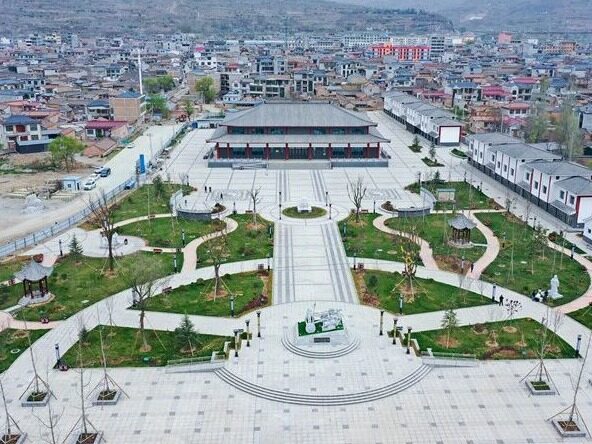
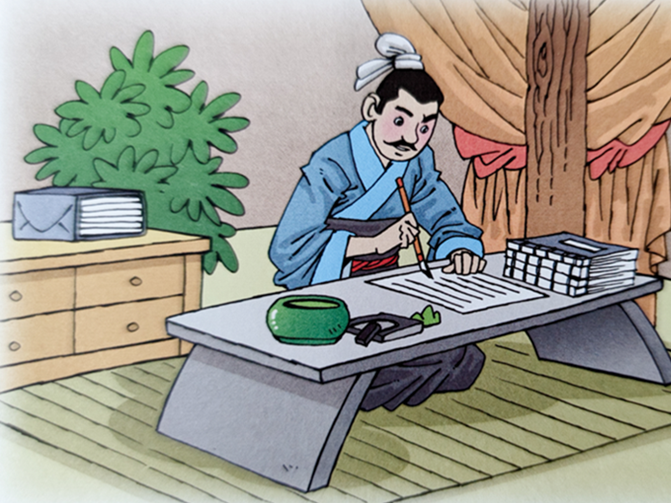
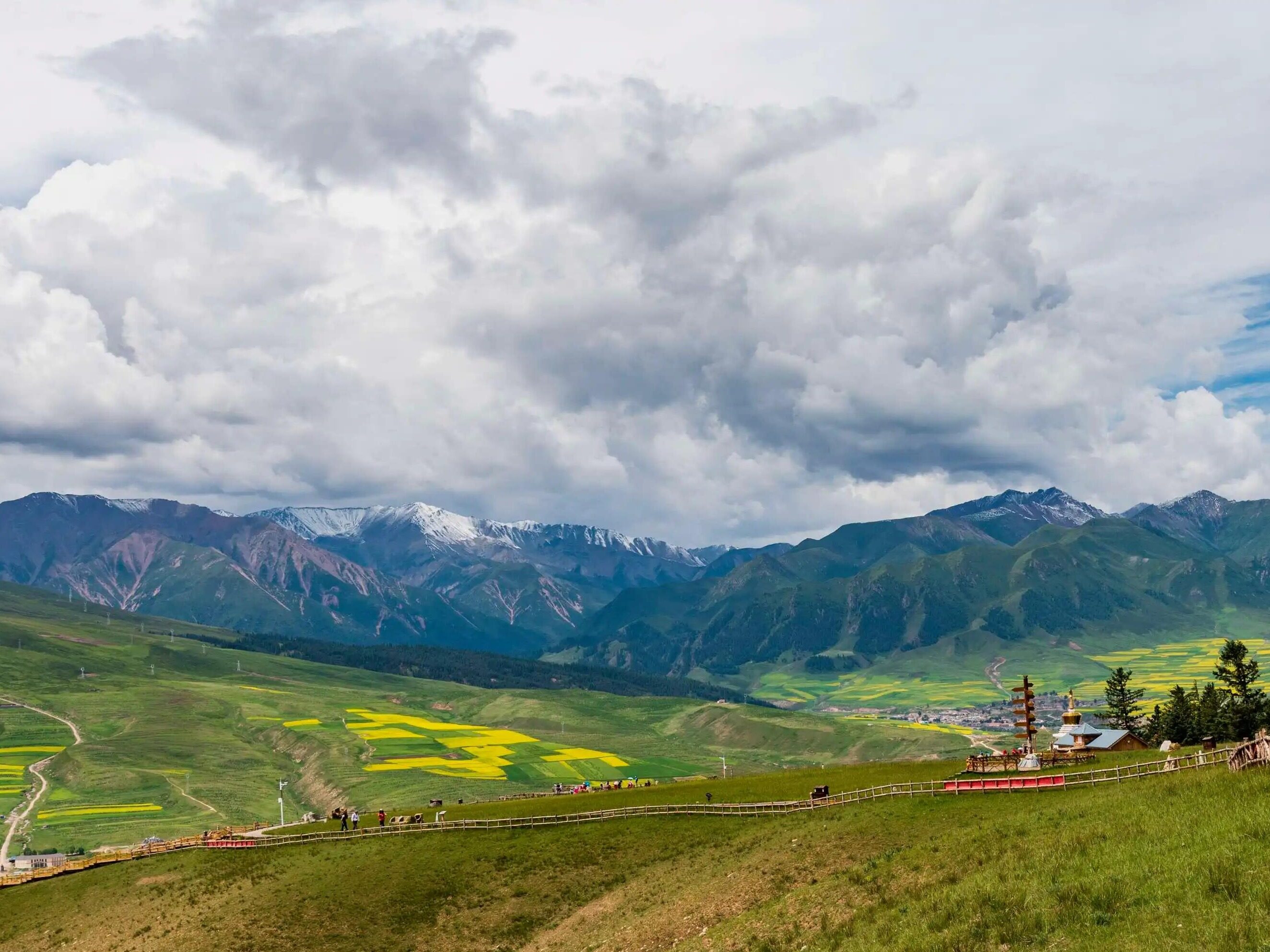






Write something~